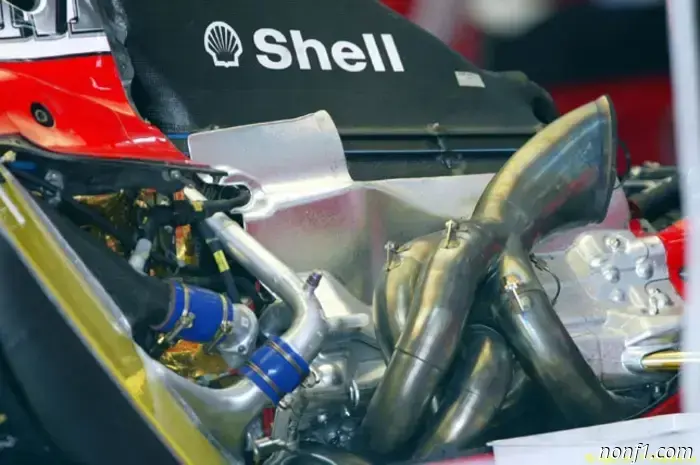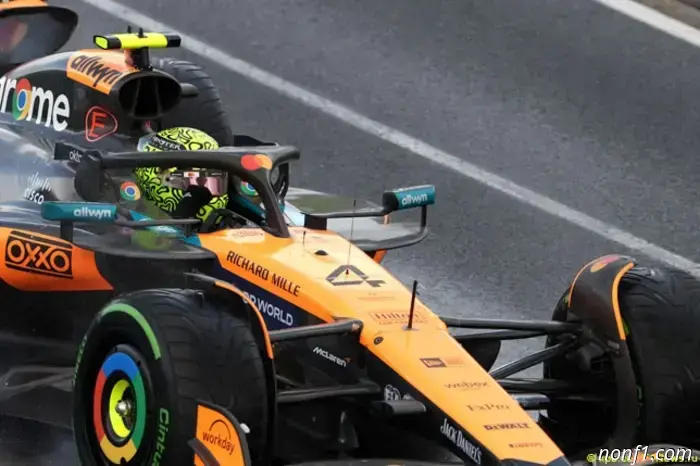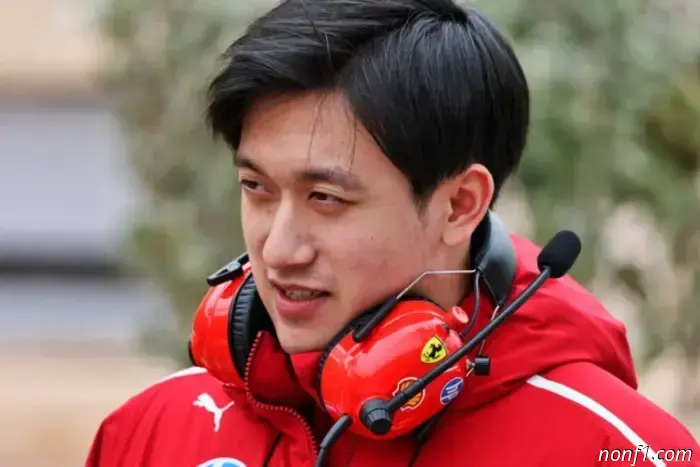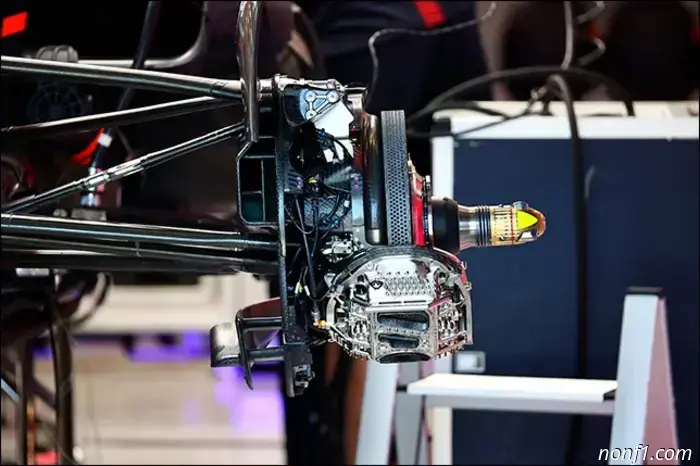
Formula 1 considers two scenarios for the transition to V10
In February, FIA President Mohammed Bin Sulayem unexpectedly announced that naturally aspirated V10 engines powered by environmentally friendly fuels could return to Formula 1. At that time, these words were perceived as something from the field of science fiction, but it turned out that the scenario of abandoning hybrid power plants in favor of atmospheric engines really exists, and this may happen soon enough.
In 2026, Formula 1 should switch to new hybrid powerplants, but less expensive and not as complex as the current ones. They will not have an MGU-H motor generator, and the power of the electrical component will increase three times compared to the current one. The transition to carbon-neutral fuels will also be mandatory.
However, the teams, the FIA and representatives of Liberty Media are currently discussing the abandonment of these plans, maintaining the current power plants for two more seasons and switching to the V10 in 2028. One of the reasons is the fear that in 2026, with new power plants, new chassis and tires, one of the teams will gain a significant advantage and begin to dominate, as it was in 2014, when the transition to current power plants took place.
The second reason for the rejection of new engines is too ambitious technical goals. In addition, there are safety concerns related to the energy recovery system – the speed difference between cars on the highway may be too large, depending on whether the device is in charging mode or not.
As a result, the idea arose to leave the current engine regulations for another two years, and then in 2028 switch to cheaper and more compact V10s, which, moreover, will be louder, which will enhance the element of the show. Many interpret this idea as an attempt to prevent a failure with hybrid power plants in 2026.
The FIA has already set up a working group on the transition to the V10, but the opinions of the suppliers of power plants on this issue are divided. Those who already understand that they are in the role of lagging behind with 2026 engines are actively advocating their abandonment. First of all, it's Red Bull and, unexpectedly, Ferrari.
Mercedes, Audi and Honda are against it and insist that the transition to new power plants should take place in 2026. According to various estimates, about half a billion dollars have been invested in the development of new hybrid engines, and manufacturers do not want to write off these investments.
Then the FIA proposed a second scenario, which was discussed by the teams in Melbourne. To maintain the transition to new power plants in 2026, but use them not for five seasons, as originally planned, but for three, and switch to atmospheric V10s in 2029. The parties have not commented on the negotiations in any way, but it is obvious that the team, the suppliers of the power plants and the FIA have not yet come to a consensus.
In any case, there is not much time left to make any decision, and it is necessary to make a final decision by the summer.
Other articles
 The Chinese Grand Prix: Bookmakers' bets
Bookmakers published the betting rate for winning the Chinese Grand Prix.
The Chinese Grand Prix: Bookmakers' bets
Bookmakers published the betting rate for winning the Chinese Grand Prix.
 Zhou: Shanghai requires masterfully precise piloting
Before the Chinese Grand Prix, Guanyu Zhou, a reserve Ferrari driver, answered questions from the Italian team's press service...
Zhou: Shanghai requires masterfully precise piloting
Before the Chinese Grand Prix, Guanyu Zhou, a reserve Ferrari driver, answered questions from the Italian team's press service...
 The Chinese Grand Prix: The point of the most serious braking
Brembo has published a video about the point of the most serious braking on the highway in Shanghai...
The Chinese Grand Prix: The point of the most serious braking
Brembo has published a video about the point of the most serious braking on the highway in Shanghai...
 The Chinese Grand Prix: The stage of the forecast contest
The reception of forecasts for the results of the Chinese Grand Prix in our Competition continues.
The Chinese Grand Prix: The stage of the forecast contest
The reception of forecasts for the results of the Chinese Grand Prix in our Competition continues.
 The Chinese Grand Prix: Weekend weather forecast
The weather this weekend in Shanghai will be warm and sunny with large temperature differences between day and night.
The Chinese Grand Prix: Weekend weather forecast
The weather this weekend in Shanghai will be warm and sunny with large temperature differences between day and night.
Formula 1 considers two scenarios for the transition to V10
Formula 1 is seriously discussing the abandonment of hybrid power plants in favor of naturally aspirated V10 engines. The transition may take place as early as 2028.
